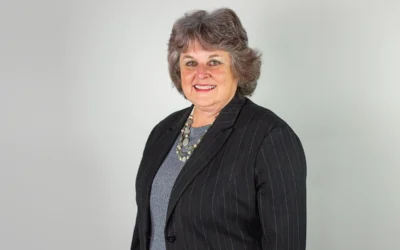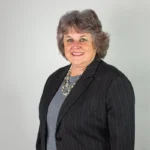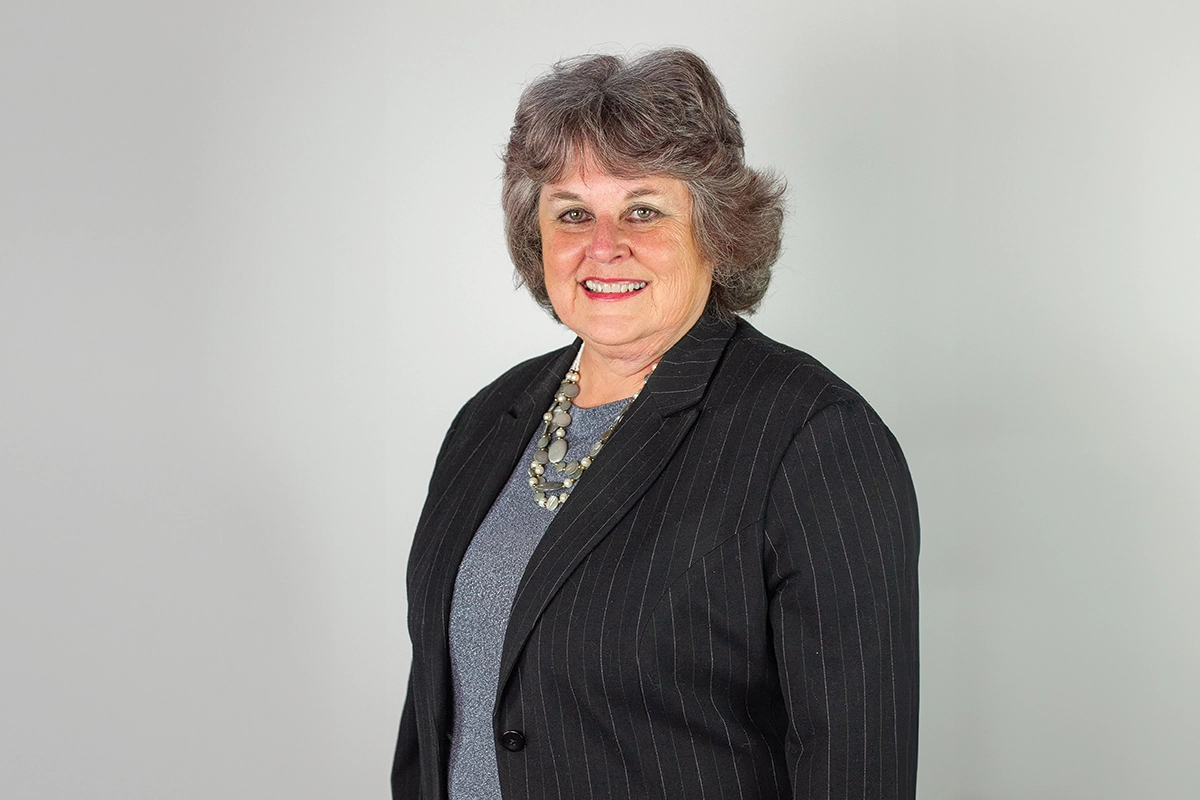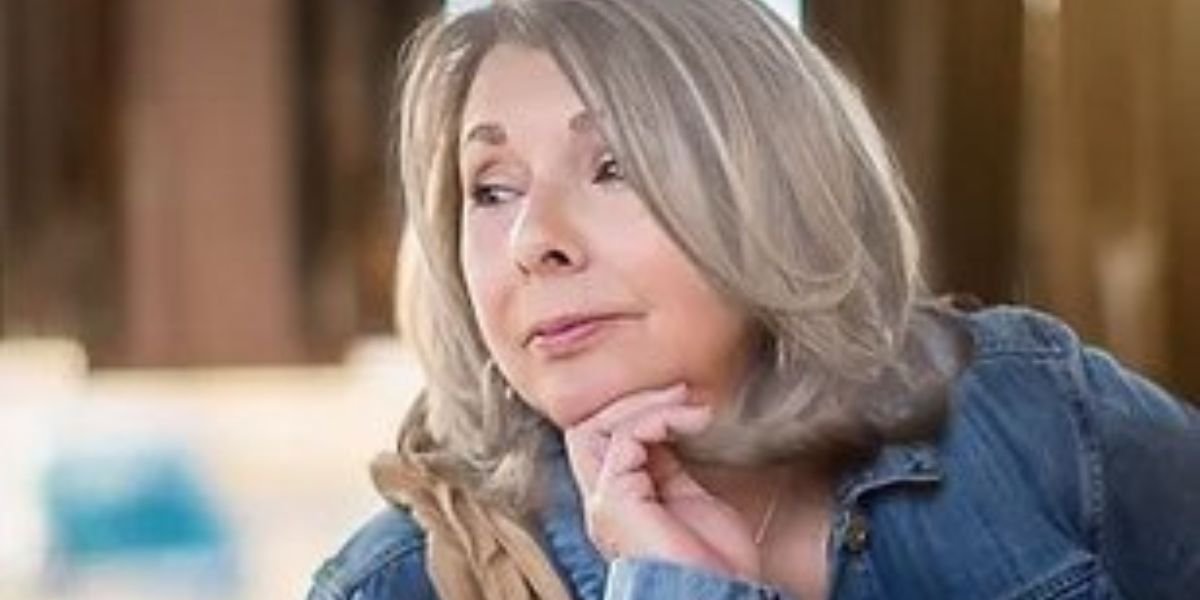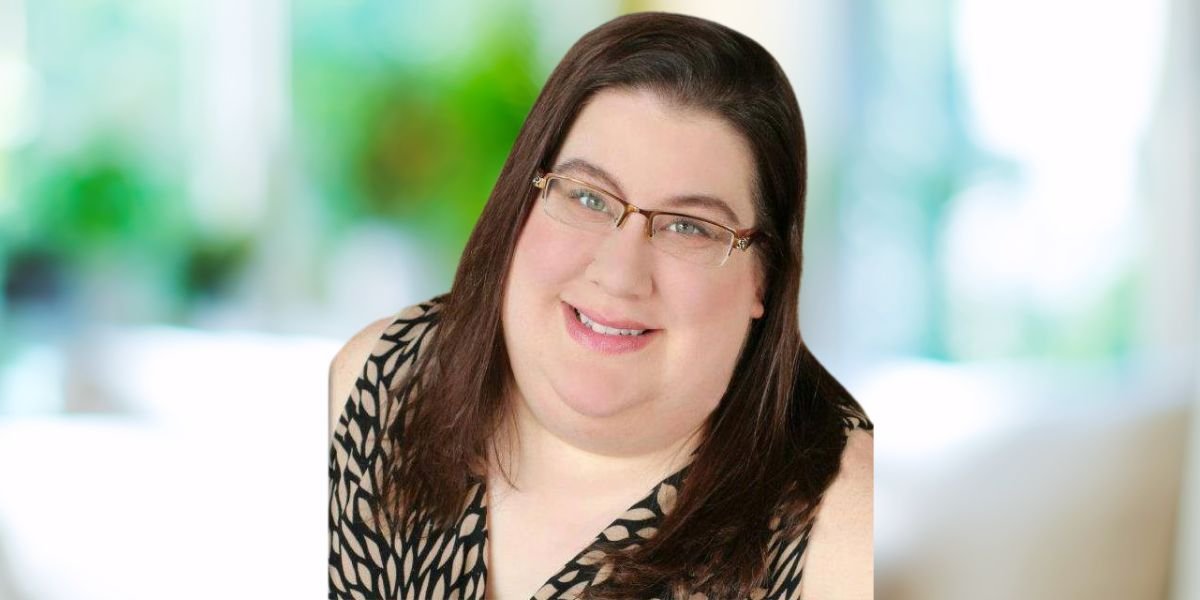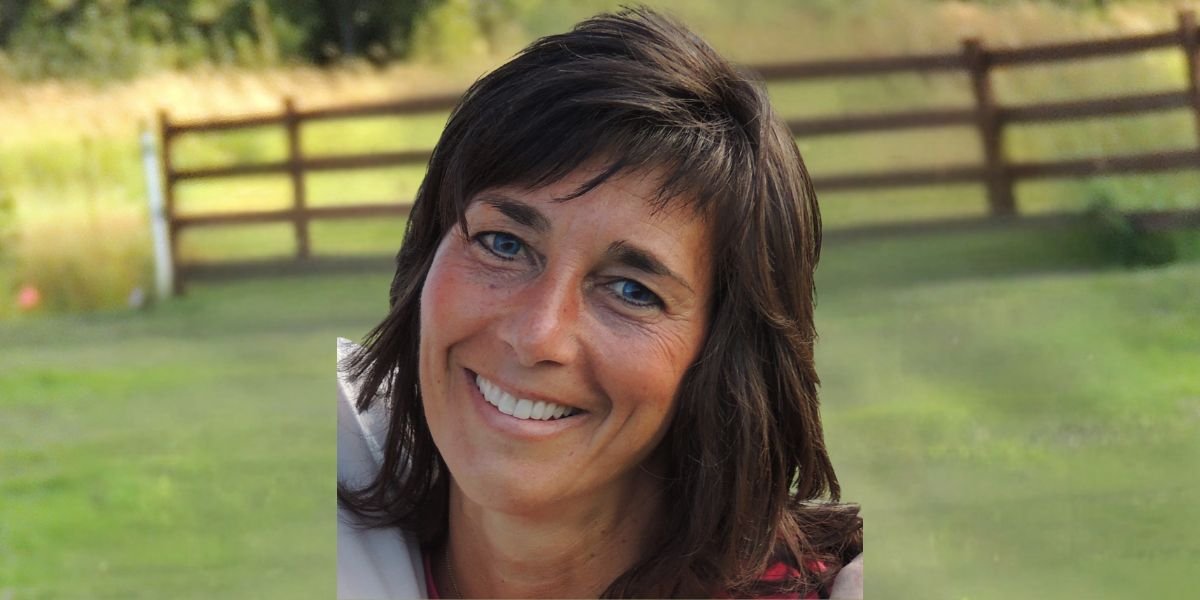Sheila Lowe Brings Forensic Expertise and Psychological Suspense to Life Through Her Novels

PHOTO: Author Sheila Lowe, weaving her forensic knowledge into psychological suspense and paranormal mysteries that keep readers enthralled.
Discover How Sheila Lowe Blends Handwriting Analysis, Mystery, And Paranormal Elements To Craft Riveting Stories That Captivate And Educate
Award-winning author Sheila Lowe combines her forensic handwriting expertise with suspenseful storytelling, creating psychological and paranormal mysteries that explore human nature, resilience, and the pursuit of truth in unforgettable ways.
Sheila Lowe has masterfully combined her expertise in forensic handwriting analysis with compelling storytelling, captivating readers through her Claudia Rose and Beyond the Veil series. Her ability to blend authentic forensic detail, psychological insight, and suspenseful plots has earned her acclaim as an award-winning author. Mosaic Digest magazine celebrates Lowe for her unique talent in turning real-life skills into gripping fiction that educates, entertains, and resonates deeply with audiences. Her novels, ranging from psychological suspense to paranormal exploration, highlight her versatility, dedication, and the profound impact of personal experience on storytelling.
Sheila Lowe’s work stands as a testament to the power of blending professional expertise with narrative imagination, creating characters and stories that are both authentic and unforgettable.
Your Claudia Rose series uniquely integrates forensic handwriting analysis. What inspired you to blend this expertise with fiction?
I always wanted to write a mystery, and the old adage “write what you know” seemed to make sense. So I created a character who does the same kind of forensic handwriting work that I do, but she’s not me. Claudia Rose lives the (mis)adventures I only create on paper.
How does your background in psychology and handwriting analysis influence the development of your characters and plots?
Because handwriting analysis is my platform, I use it both to ground both the character and the story. Sometimes the story begins with a forensic document examination case for Claudia, and other times she analyzes the handwritings of people connected to the plot to understand their personalities. Although she often finds herself drawn into investigations, she doesn’t solve crimes with handwriting analysis. She’s a handwriting examiner, not an amateur sleuth.
In your latest novel, Maximum Pressure, how do you balance suspense with the technical aspects of forensic analysis?
As always, I aim to keep the forensic details accurate but never intrusive. Readers often tell me they learn a lot about handwriting from reading the books without feeling lectured. In Maximum Pressure, Claudia encounters several handwritings tied to the twenty-five-year-old cold case of a missing teen from her high school class. Through these samples, I can naturally explore what handwriting says about personality, as well as how it can help determine whether two wrings belong to the same individual, all while keeping the suspense front and center.
Can you share a memorable experience from your real-life work as a forensic handwriting examiner that has influenced your writing?
In more than forty years as a forensic handwriting examiner (and nearly 20 years before that in personality analysis—I started studying handwriting in high school), I’ve analyzed many thousands of samples, both for handwriting authentication and personality insight. Every handwriting tells a story, and I believe each one has influenced me in some way, and therefore my writing. Some handwritings have even shaped the course of my life—most profoundly, the letter written by my daughter’s killer. Encounters like that remind me that handwriting isn’t just marks on a page; it’s the direct expression of a human soul, for better or worse.
“Every handwriting tells a story, and I believe each one has influenced me in some way, and therefore my writing.” – Sheila Lowe
Your Beyond the Veil series delves into paranormal themes. What inspired this shift from forensic mysteries to supernatural suspense?
In 2000, when my daughter was the victim in a murder-suicide, I began searching for answers to what happens when we leave this life. Over time, I came to understand that there is no death, but there is life after earth. Some years later I began to receive messages through different psychics (I freely confess, I’m a psychic junkie) that I was to write an autobiographical book about my experiences with the spirit world. For a long time, I resisted, Instead, writing what I knew in fiction. That became Proof of Life, the first in my Beyond the Veil series. The main character had been the protagonist in one of my earlier books, What She Saw, about a young woman with amnesia. And then I realized that her love interest had to be a man from an earlier Claudia Rose story. Thus, a series began. And yes, there are ghosts.
How do you ensure accuracy and authenticity in depicting forensic procedures and psychological insights in your novels?
The forensic procedures in my novels are the same ones I use every day in my own practice as a forensic document examiner, so it’s easy to ensure accuracy. I simply describe what I do, how I examine handwriting, detect forgeries, and interpret the evidence. Or how I analyze handwriting to understand the personality of the writer behind it. Because I live the work, it brings an authenticity to the stories that readers can feel.
What challenges do you face in writing across different genres, and how do you overcome them?
I don’t really see myself as writing across genres—I write suspense. It just takes different forms: in the Claudia Rose Forensic Handwriting series, the suspense unfolds in a forensic setting, while in the Beyond the Veil series, it plays out through the lens of the paranormal. The two series attract somewhat different audiences, though there is some crossover. And of course, I also write nonfiction about handwriting psychology, but that’s another story, so to speak.
As a bestselling author, how do you approach the process of character development and plot structuring in your series?
Like most authors, I build my characters from bits and pieces of people I know and those I observe, layering in traits until the right character for the role emerges. And I am an outliner. I need a solid, though flexible, outline in the beginning. I may not entirely stick with it, and I may never look at it again, but I need to know upfront more or less where I’m going. I’ve trying winging it, but that didn’t end well. I found myself facing a deadline with only a few chapters written. I’m about to outline my next Claudia Rose book any minute now…as soon as I run out of excuses for procrastination.
How has your personal journey, including the tragic loss of your daughter, shaped your writing and the themes you explore?
A reviewer once pointed out that many of my books have underlying mother-daughter themes. That observation struck me, because I’d had “complicated” relationships with both my mother and my daughter—though my daughter and I found peace not long before she crossed over. I do sometimes (but not always) find myself writing about people who are working through the same sorts of issues we faced, exploring them in different ways, and sometimes giving them the healing or resolution we didn’t always have. Or not.
What advice would you offer to aspiring authors looking to incorporate their professional expertise into their fiction writing?
Learn how to sprinkle in your expertise without turning it into an info dump. Most readers don’t want to know all the technical details that you had to master while learning your profession. Or, if they do, they can read textbooks. What they really want are the essentials—just enough to make the story feel authentic. Once, a reader posted that they wanted more handwriting analysis in my books. I was amused when another reviewer replied, “Then you should read her books about handwriting analysis!” My fiction is not about handwriting analysis. I write stories of psychological suspense where the protagonist happens to be a handwriting analyst. The key is always the story. whatever your field, use your expertise to enrich the fiction, not overwhelm it. And of course, write a good story.
“My fiction is not about handwriting analysis. I write stories of psychological suspense where the protagonist happens to be a handwriting analyst.” – Sheila Lowe

